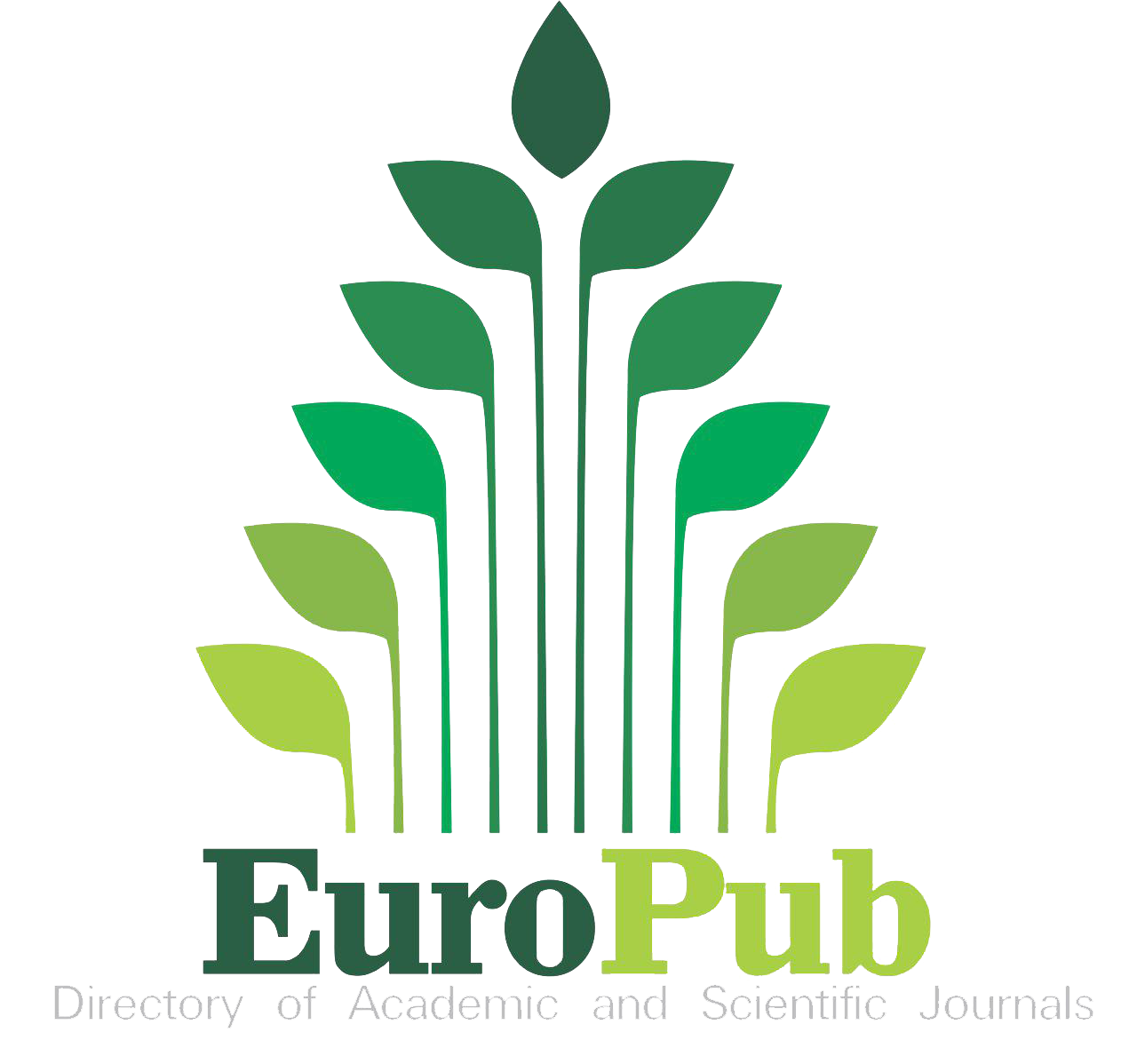Sociocultural animation in public spaces and cultural centers of Valparaíso: a hermeneutical approach.
Abstract
Sociocultural animation is part of the city of Valparaíso. To understand it, this study aimed to analyze its activities in public spaces and cultural centers of that city. The methodology used corresponds to the qualitative approach. The research involved 14 men and 4 women, aged between 13 and 40 years. The data was collected through 4 discussion groups and 6 semi-structured interviews. The results present three families of codes: a) motives that encourage motor animation, b) learning learned in motor animations, and c) associationism in cultural centers. It is concluded that the activities assume a political-social role, focused on building an alternative to the traditional life system.


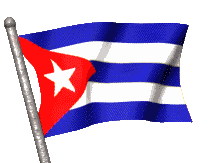









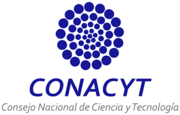
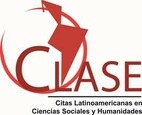



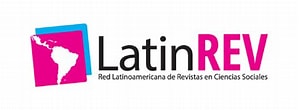











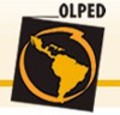



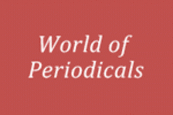
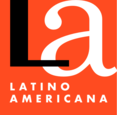

1.png)







1.png)





